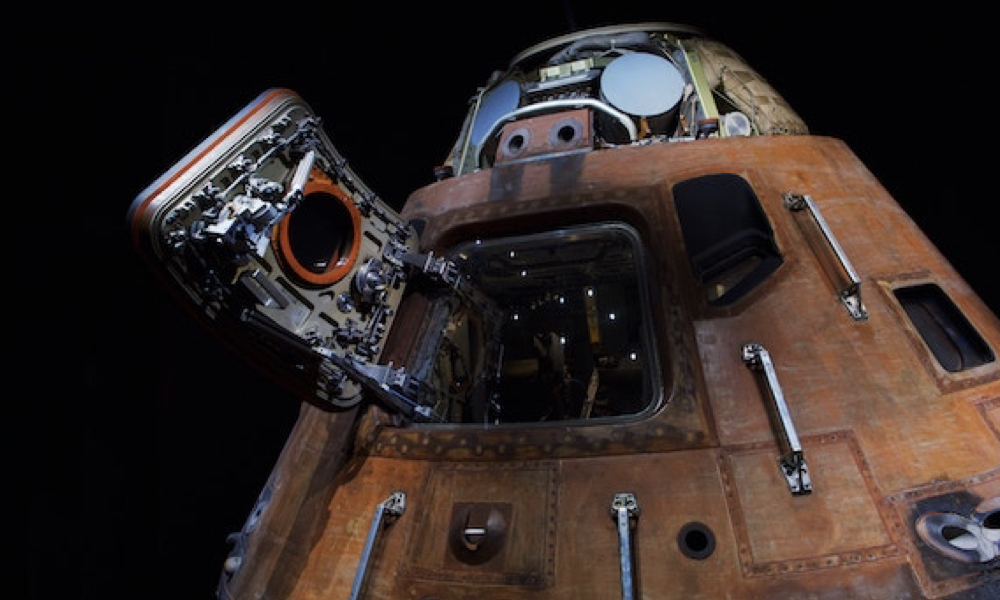
ESA Open Invitation to Tender AO10373
Open Date: 16/07/2020
Closing Date: 27/08/2020 13:00:00
Status: ISSUED
Reference Nr.: 20.129.14
Prog. Ref.: Technology Developme
Budget Ref.: E/0901-01 – Technology Developme
Special Prov.: BE+DK+FR+DE+IT+NL+ES+SE+CH+GB+IE+AT+NO+FI+PT+GR+LU+CZ+RO+PL+EE+HU
Tender Type: C
Products: Satellites & Probes / Parts / Mechanical, Optical and Magnetic parts / Optical Parts (lenses, beam-splitters, …)
Technology Domains: Optics / Optical Component Technology and Materials / Optical Components
Establishment: ESTEC
Directorate: Directorate of Tech, Eng. & Quality
Department: Mechanical Department
Division: Mechatronics and Optics Division
Contract Officer: Reinsoo, Anna
Industrial Policy Measure: C2 – Activities in open competition, significant partecipat…
Last Update Date: 16/07/2020
Update Reason: Tender issue
With increasing demands on the sensitivity of remote sensing optical instruments, stray light has become an ever more critical issue. Diffraction gratings, which are key components of most spectral analysis optical instruments, contribute a particularly high amount of scattered stray light due to manufacturing imperfections. Diffraction gratings often represent the strongest contributor of scatter in a modern high performance instrument.While over the past decade new design and manufacturing techniques have brought aboutan immense increase in design flexibility and grating performance as regards geometric realisation (e.g. freeform surfaces), spectral parameters (spectral distribution, resolution, dispersion) and diffraction efficiency, the generation of scattered stray light due to manufacturing imperfections of the grating structure still represents a contrasting issue.Regular variations of the grating grooves lead to the creation of ghost orders (“satellites”), while random variations create random scatter. For example, for ruled gratings the causes are typically mechanical variations during the ruling process. Techniques using etching processes typically featurestitching inaccuracies of the lithographic stepping process and small random variations of the grating grooves caused by fluctuations of the etch flow. Holographic techniques typically feature groove variations caused by imperfections of the illumination optics and possibly illumination laser speckle.The proposed activity shall investigate for at least one modern grating technology the possibilities to improve design and manufacture with the goal of minimising stray light caused by grating imperfections.The activity encompasses the following tasks:- Investigation of the causes for scatter for the given design and manufacturing technology- Proposition and elaboration of possible ways for improvement- Implementation of at least the most promising option- Verification by testProcurement Policy: C(2) = A relevant participation (in terms of quality and quantity) of non-primes (incl. SMEs) is required. For additional information please go to EMITS news “Industrial Policy measures for non-primes, SMEs and RD entities in ESA programmes”.
If you wish to access the documents related to the Invitation to Tender, you have to log in to the ESA Portal.
